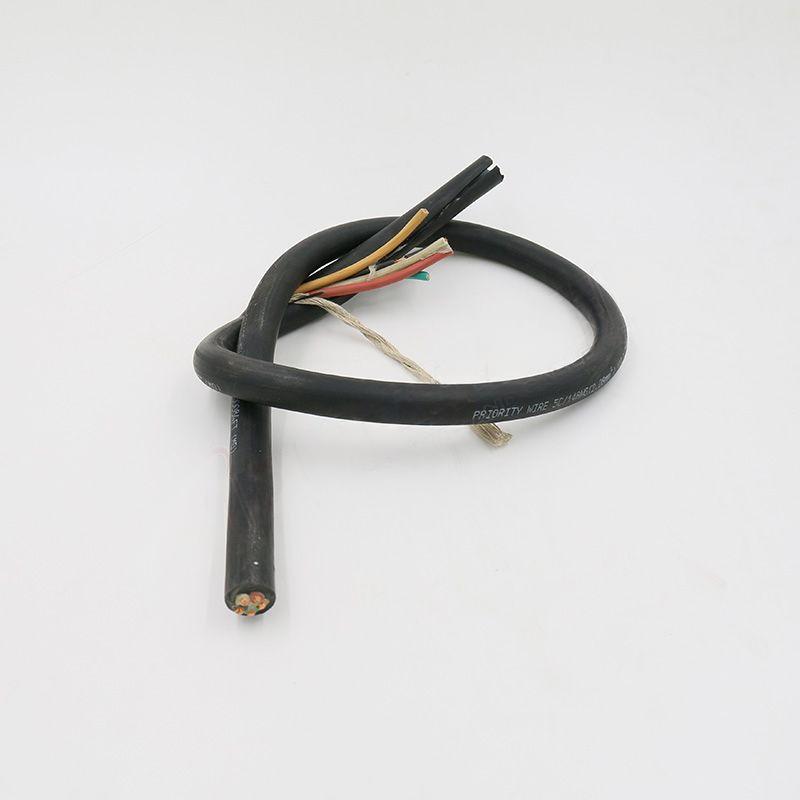10 月 . 30, 2024 16:33 Back to list
foot valve with strainer
Understanding Foot Valves with Strainers Essential Components in Fluid Mechanics
Foot valves are critical components in various fluid systems, especially in applications involving pumps. They play a significant role in maintaining the flow of fluid while preventing backflow, which can lead to pump damage and inefficient operations. One of the most important features of a foot valve is the integrated strainer, which serves as a protective mechanism for the system.
What is a Foot Valve?
A foot valve is essentially a one-way valve located at the bottom end of a suction pipe. It allows fluid to enter the pump while preventing it from flowing back into the reservoir when the pump is turned off. This is essential for maintaining priming in the pump and ensuring that it operates efficiently. The design of these valves includes a hinged flap or disk that opens to allow fluid to pass and closes to seal off the flow when needed.
The Role of Strainers
A strainer is a device used to filter out debris and other solid particles from the fluid being pumped. When integrated into a foot valve, the strainer ensures that only clean fluid enters the pump. This prevents contaminants from damaging internal components of the pump, leading to longer service life and reduced maintenance costs. Strainers can have varying mesh sizes, which can be selected based on the specific requirements of the application.
Importance of Clean Intake
foot valve with strainer

In many applications, especially those involving water, agricultural irrigation, or industrial processes, the quality of the fluid being pumped is critical. Contaminants such as sand, leaves, and sediment can cause significant wear and tear on pumping equipment. By using a foot valve with a strainer, these undesirable particles are effectively filtered out, ensuring that the pump operates with clean fluid and reducing the risk of clogs and mechanical failures.
Installation Considerations
When installing a foot valve with a strainer, it is essential to consider the location, depth, and type of fluid being pumped. The valve should be installed at an appropriate depth to ensure proper submersion, which helps in maintaining prime within the system. Additionally, it should be positioned in an area where there is minimal sedimentation to prolong the life of the strainer and improve overall efficiency.
Maintenance Practices
Regular maintenance and inspections are vital for foot valves with strainers. Over time, strainers can become clogged with debris, reducing flow rates and causing inefficiencies in the pumping system. Operators should periodically check the condition of the strainer and clean or replace it as necessary. Additionally, the foot valve mechanism should be tested to ensure that it opens and closes properly without any leaks.
Conclusion
In conclusion, foot valves with strainers are essential for any system that relies on water or other fluids for operation. By preventing backflow and filtering out contaminants, these components enhance the efficiency and durability of pumping systems. Understanding their function and the importance of regular maintenance can significantly impact the overall performance and reliability of fluid movement operations. As industries continue to advance, the role of foot valves and strainers will remain vital in achieving optimal results in fluid mechanics.
Share
-
Understanding the Differences Between Wafer Type Butterfly Valve and Lugged Butterfly ValveNewsOct.25,2024
-
The Efficiency of Wafer Type Butterfly Valve and Lugged Butterfly ValveNewsOct.25,2024
-
The Ultimate Guide to Industrial Swing Check Valve: Performance, Installation, and MaintenanceNewsOct.25,2024
-
Superior Performance with Industrial Swing Check Valve: The Essential Valve for Any SystemNewsOct.25,2024
-
Industrial Swing Check Valve: The Ideal Solution for Flow ControlNewsOct.25,2024
-
You Need to Know About Industrial Swing Check Valve: Functionality, Scope, and PerformanceNewsOct.25,2024